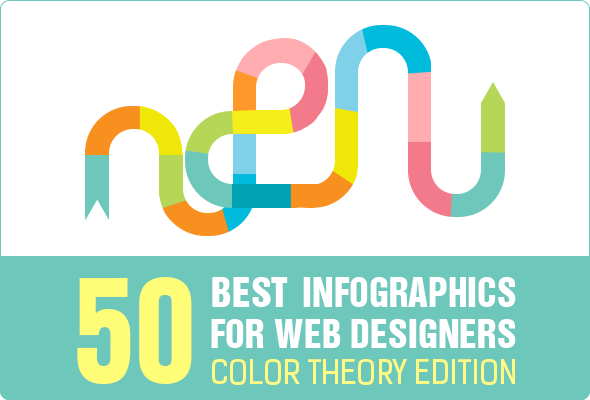The Evolution Of Web Site Layout: From Past To Existing
The Evolution Of Web Site Layout: From Past To Existing
Blog Article
Article Developed By-Abel Gibbons
In the past, sites were straightforward and concentrated on information. Navigating was straight, and style was for desktop computers. Now, user experience is crucial. Information overviews styles for simple navigating. Receptive formats match different tools. Today, dark mode lowers pressure, and minimal menus enhance navigation. Interactive functions involve customers, and bold visuals stick out. AI assimilation increases interaction. See just how style has progressed to boost your on the internet trip.
Very Early Days of Web Design
In the very early days of website design, simplicity preponderated. Web sites were fundamental, with minimal colors, fonts, and layouts. The focus was on supplying info instead of fancy visuals. Users accessed the internet through slow-moving dial-up links, so rate and functionality were key.
Navigation food selections were straightforward, normally located on top or side of the page. Sites were made for computer, as mobile browsing wasn't yet widespread. https://seoservicespackages74173.get-blogging.com/30362928/enhance-your-visibility-on-the-web-by-picking-the-perfect-regional-search-engine-optimization-company-for-your-organization-find-out-exactly-how-to-pick-the-most-effective-option was king, and developers prioritized very easy readability over complicated style aspects.
HTML was the primary coding language utilized, and developers had to function within its constraints. Computer animations and interactive attributes were very little contrasted to today's requirements. Web sites were fixed, with little dynamic material or personalized user experiences.
Surge of User-Focused Layout
With the advancement of website style, a shift in the direction of user-focused style principles has become increasingly noticeable. Today, developing internet sites that prioritize customer experience is important for involving site visitors and attaining service goals. User-focused layout includes understanding the needs, choices, and behaviors of your target market to tailor the web site's format, web content, and includes accordingly.
Developers currently perform extensive research study, such as individual studies and usability testing, to collect understandings and comments straight from customers. https://augustytaxs.atualblog.com/35961014/discover-the-essential-ideas-that-every-small-business-owner-must-understand-to-enhance-their-online-existence-and-draw-in-a-bigger-customer-base-via-using-regional-search-engine-optimization -driven method assists in creating user-friendly navigating, clear calls-to-action, and visually enticing interfaces that reverberate with visitors. By putting the individual at the center of the style procedure, internet sites can supply a more personalized and pleasurable experience.
Receptive layout has actually also emerged as a key aspect of user-focused layout, ensuring that websites are maximized for different tools and display dimensions. This flexibility improves accessibility and usability, dealing with the varied ways users connect with web sites today. Fundamentally, the surge of user-focused layout indicates a shift in the direction of producing electronic experiences that prioritize the requirements and assumptions of completion individual.
Modern Trends in Web Design
Discover the most up to date patterns forming website design today. One noticeable fad is dark mode layout, providing a streamlined and contemporary look while decreasing eye stress in low-light settings. Another vital pattern is minimal navigation, streamlining menus and enhancing customer experience by concentrating on essential elements. Including micro-interactions, such as computer animated buttons or scrolling impacts, can create an extra appealing and interactive website. Responsive design continues to be essential, ensuring seamless individual experiences across numerous gadgets. Furthermore, making use of bold typography and unbalanced formats can include visual rate of interest and draw attention to specific content.
Incorporating AI modern technology, like chatbots for client support or personalized suggestions, enhances customer involvement and simplifies procedures. Access has additionally become a substantial trend, with developers focusing on inclusive style methods to satisfy varied user demands. improve organic seo by enhancing website performance for speed and effectiveness is an additional emerging pattern in website design. Teaming up with customer feedback and information analytics to iterate and enhance design continually is important for staying relevant in the ever-evolving digital landscape. By embracing these modern-day patterns, you can produce a visually enticing, easy to use internet site that reverberates with your audience.
Verdict
As you reflect on the development of website style from the very early days to currently, you can see how user-focused style has actually become the driving force behind contemporary patterns.
Accept the trip of change and adjustment in web design, constantly keeping the user experience at the leading edge.
Keep current with the most up to date fads and innovations, and never ever quit progressing your method to produce visually sensational and easy to use websites.
Develop, adjust, and produce - the future of website design remains in your hands.
